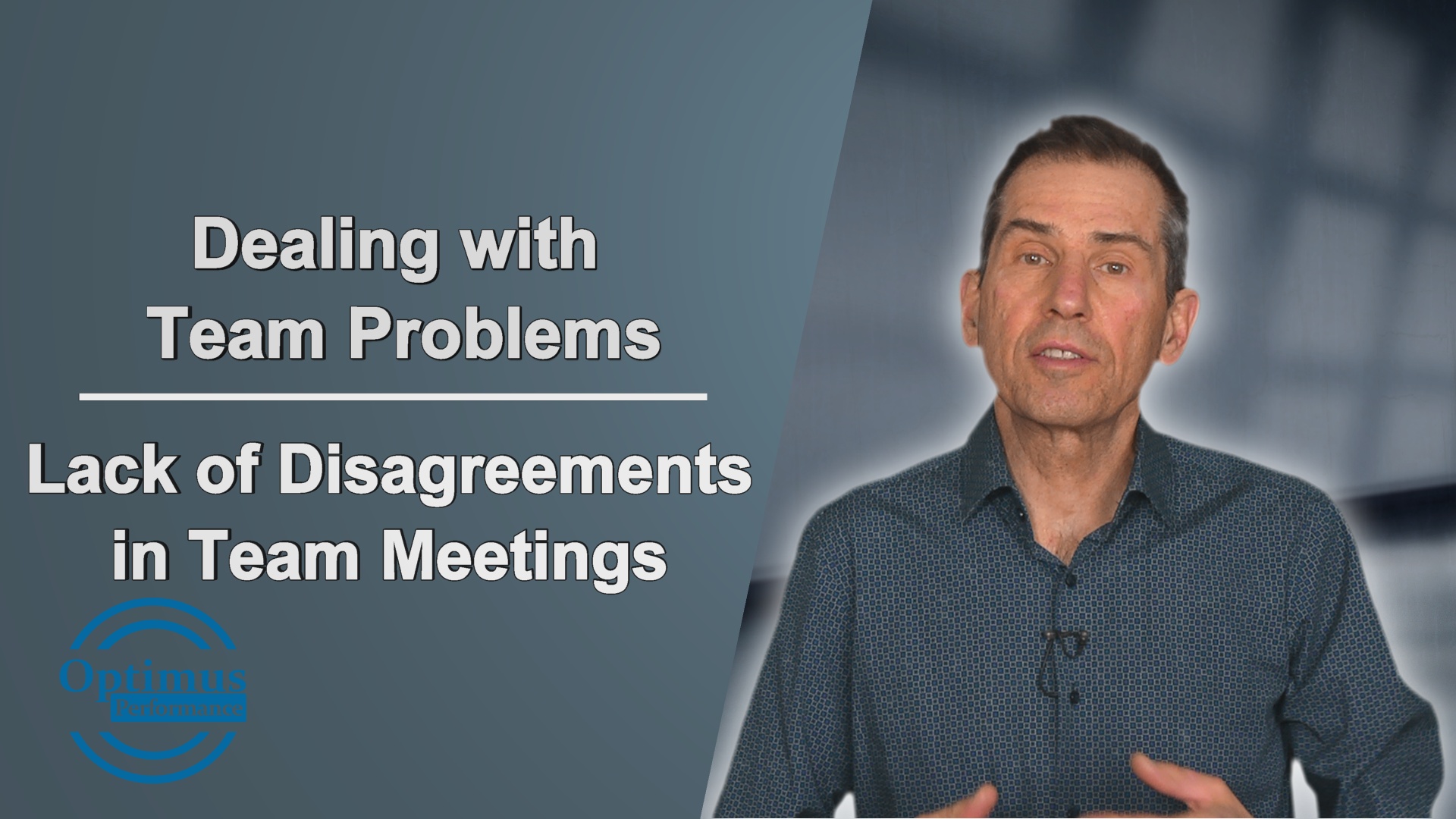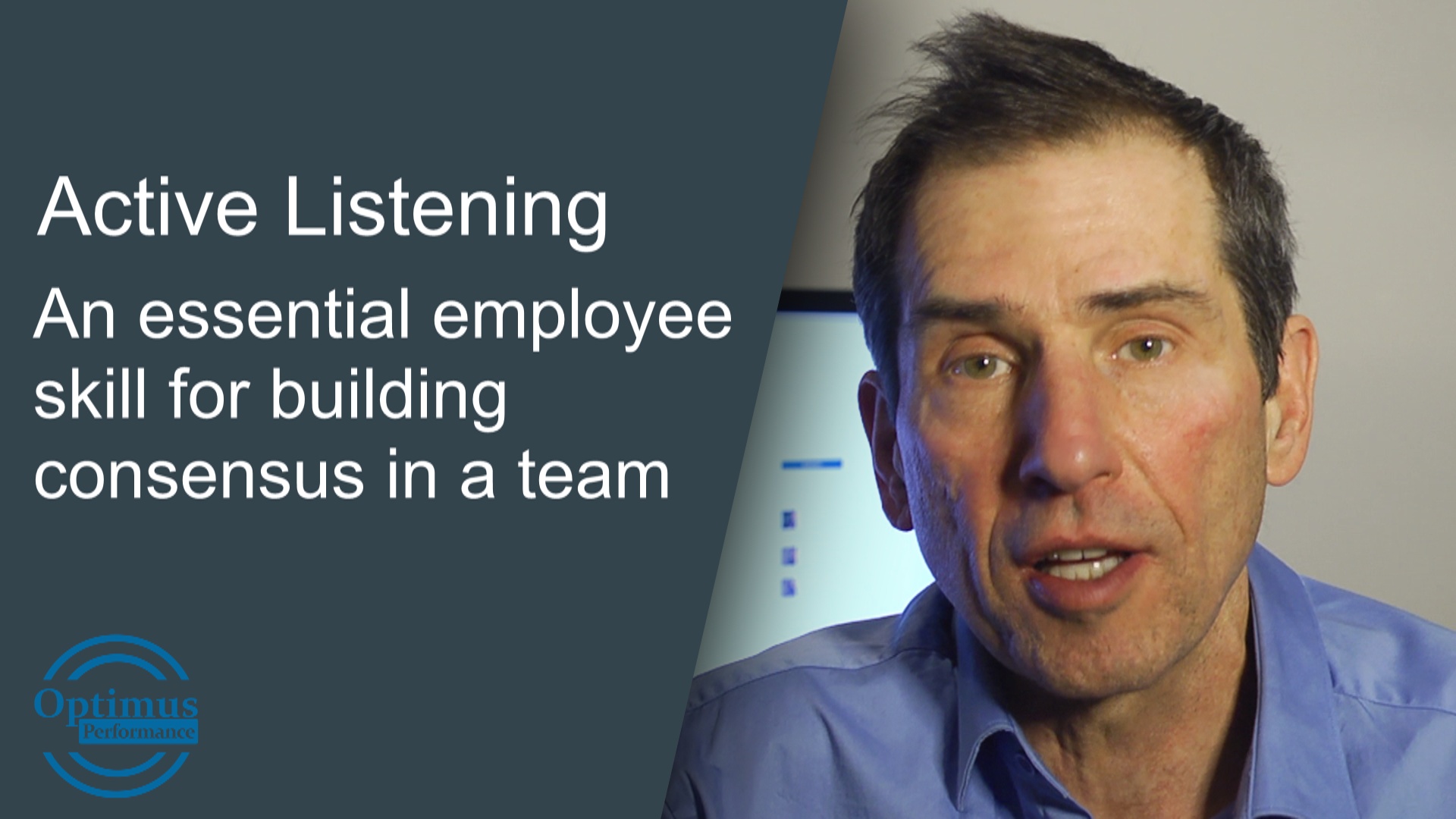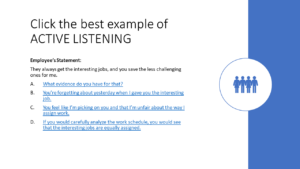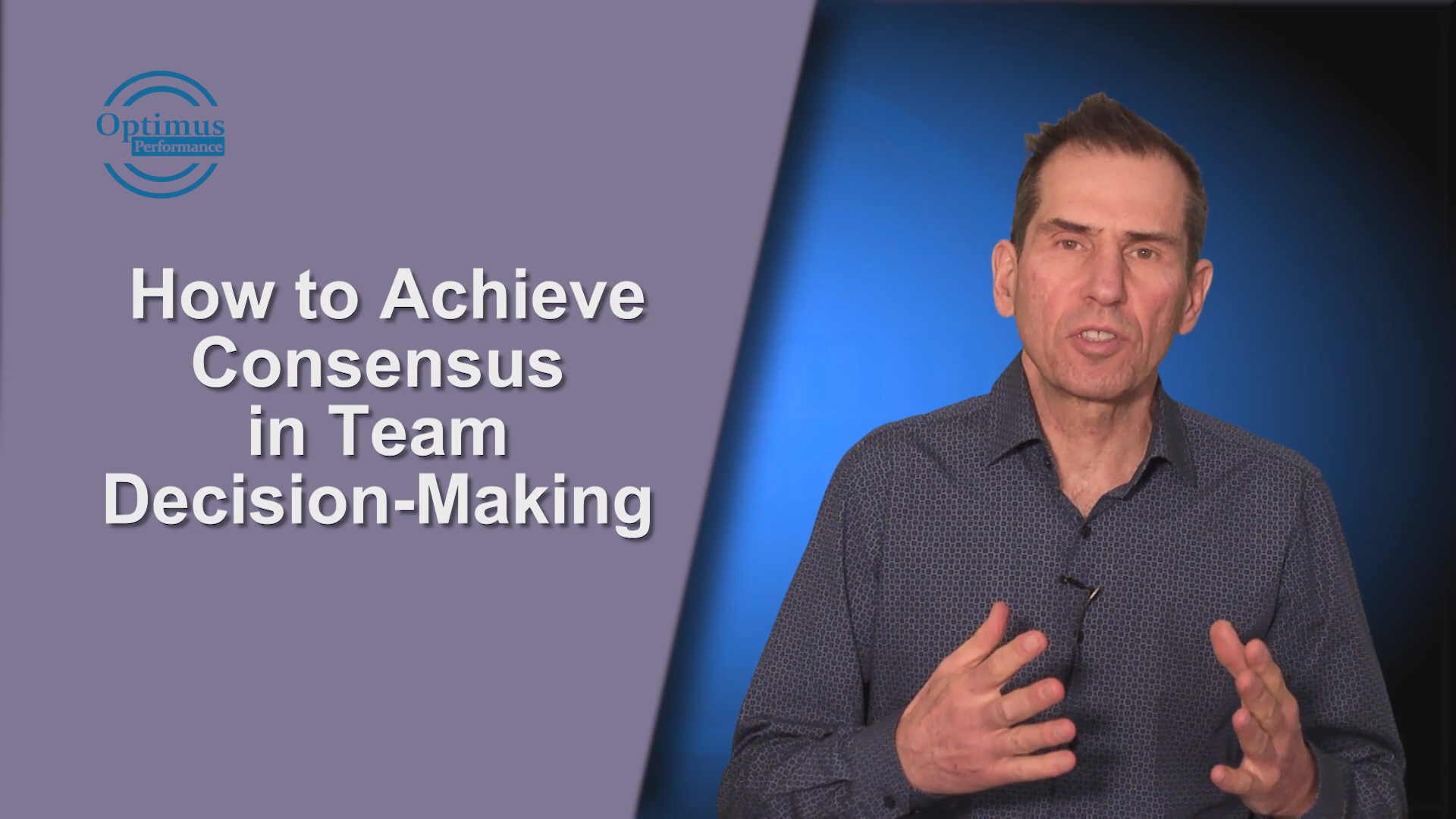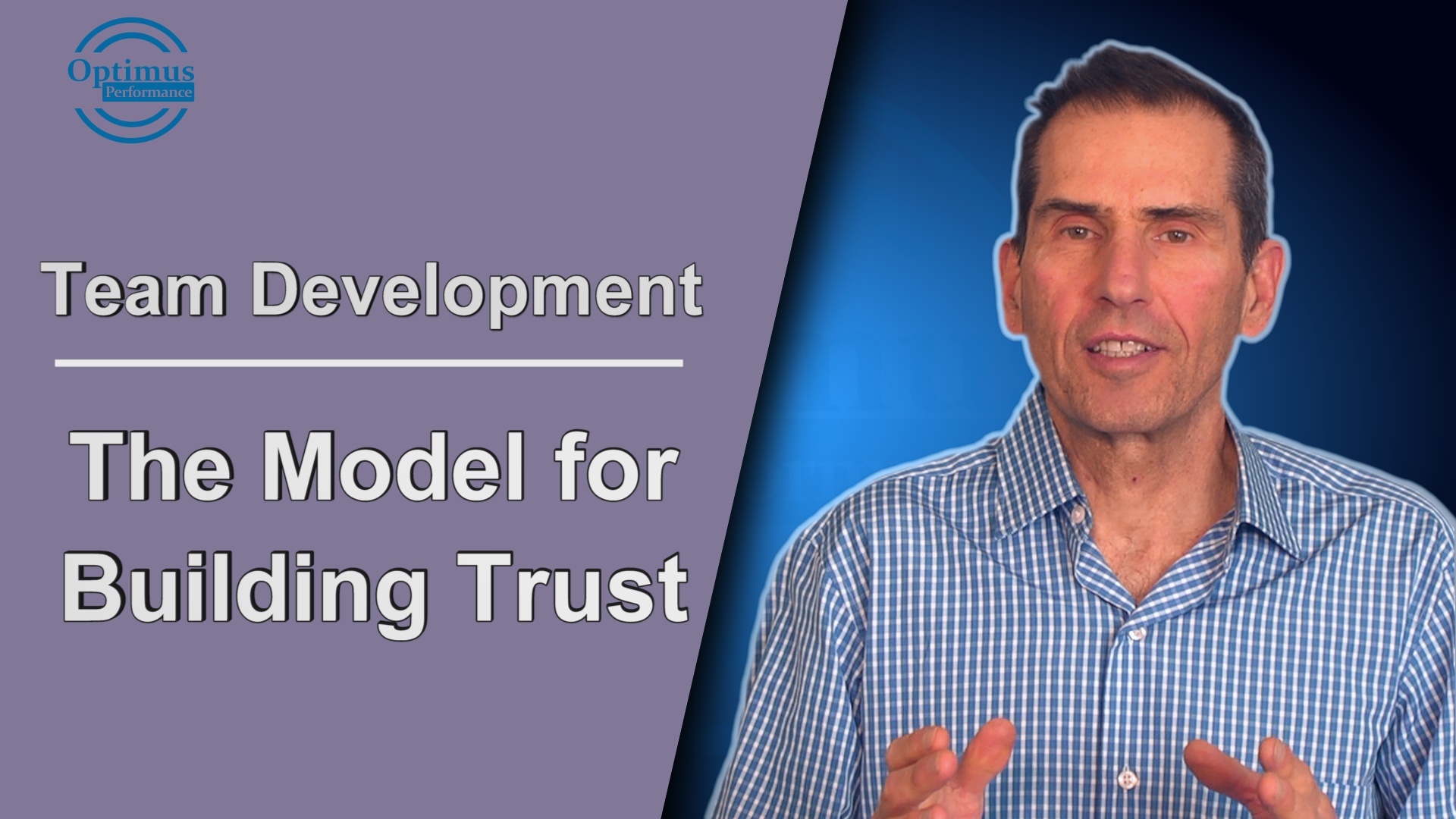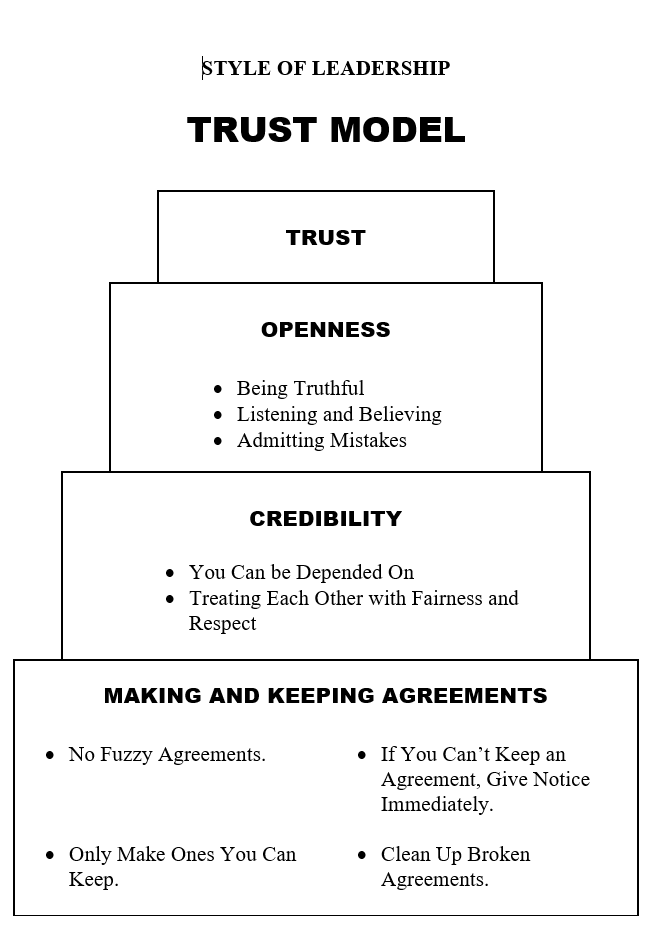Lack of Disagreement in Team Meetings is a Problem for Team Performance
The main purpose of team development is to have employees work together harmoniously to improve work performance and contribute to innovation and continuous improvement. For this to happen team members must have meetings to discuss solutions to problems and look for ways to improve products, services and processes.
One of the problems that inhibit team from being effective and progressing in their development is lack of disagreement in team meetings. This is especially common in newly formed teams or for organizations that are shifting from an autocratic style of leadership to a participative.
Why would you want disagreements in team meetings if you want people to work together harmoniously? Lack of disagreements means that people are not voicing their ideas and opinions. Thus, there is limited discussion and challenging of the status quo.
People may be reluctant to challenge ideas for fear of conflict. They may not see conflict as positive and thus avoid disagreement. Also, the team may not have expected risk taking and frank speaking to be a part of teamwork.
To resolve this the team needs to develop a team constitution that includes the need for disagreement and that team members are expected to speak frankly without penalty.
Leadership should also provide training to team members in conflict resolution and active listening.
Promoting open discussions in team meetings where members feel safe to express their ideas and challenge others is crucial to build effective teams that contribute to continuous improvement and find innovative solutions to problems.
